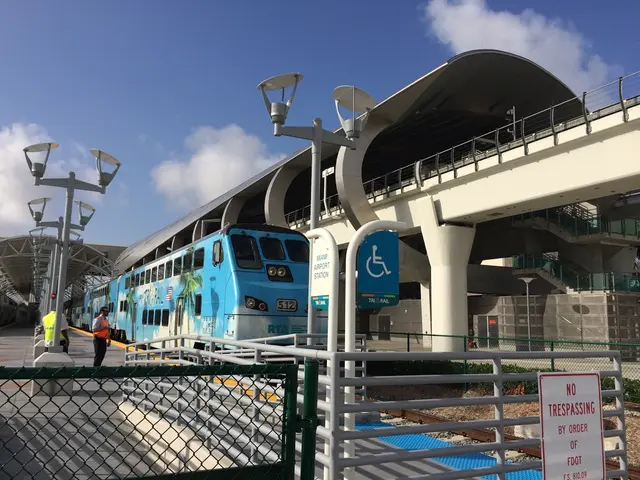Economic slowdown in the second half of the year predicted for ASEAN nations as the impetus from exports decreases
The economic outlook for ASEAN countries in the second half of 2021 is characterized by slowing growth due to several factors, including the impact of U.S. tariffs, weaker tourism caused by the COVID-19 pandemic, and ongoing trade uncertainties.
Trade and tariffs have played a significant role in the region's economy. Initially, ASEAN economies benefited from export front-loading as firms rushed to ship goods ahead of anticipated U.S. tariffs. However, this boost is expected to fade in the second half of the year, causing export growth to slow. The uncertainty and application of tariffs have strained trade-dependent economies like Vietnam and Cambodia more than others like Indonesia and the Philippines, which rely more on domestic consumption.
Weaker tourism continues to weigh on ASEAN's tourism sector, particularly in countries heavily dependent on international visitors. Travel restrictions and lockdowns have dampened service sectors and domestic consumption, slowing overall economic momentum.
Ongoing trade tensions, exacerbated by tariff escalations, have created uncertainty for investment and trade flows. This uncertainty has pressured supply chains, affected investor sentiment, and slowed growth prospects.
To counteract these shocks, ASEAN central banks have implemented interest rate cuts, and governments have increased targeted fiscal spending. While these measures have provided some support, growth is still forecasted to moderate in H2 2021 after a stronger first half.
Vietnam's growth slowed in H2 2021 due to COVID-related disruptions, despite strong trade volumes earlier, with expectations of recovery hinging on better pandemic control and vaccination rates. Other ASEAN-5 nations saw revised growth forecasts downward due to weaker external demand and trade friction.
In response to the economic slowdown, several central banks in ASEAN, including Bank Indonesia, Bank Negara Malaysia, and the Bank of Thailand, have made rate cuts to support their economies. The National Economic and Social Development Council (NESDC) of Thailand forecasts Thai economic growth of 1.8%-2.3% in 2025, a slight upward revision from May's forecast. However, the agency expects growth in the second half to likely be weaker than in the first.
Key export items in Indonesia include palm oil, steel, electronics, and vehicles. The Philippines' economy expanded 5.5% in the second quarter, slightly up from the previous quarter. Indonesia's GDP grew by 5.12% in the second quarter, an increase from 4.87% in the first quarter. Thailand's gross domestic product grew 2.8% year-on-year in the quarter ending June, down from 3.2% growth in the previous quarter.
Despite the challenges, ASEAN's economic growth in the second half of 2021 is partially supported by accommodative monetary and fiscal policies. The region is bracing for an economic slowdown, but efforts are being made to mitigate its impact and promote recovery.
Read also:
- Deepwater Horizon Oil Spill: BP Faces Record-Breaking Settlement - Dubbed 'Largest Environmental Fine Ever Imposed'
- Lawsuit of Phenomenal Magnitude: FIFA under threat due to Diarra's verdict, accused of player injustice
- Expansion of railway systems, implementation of catenary systems, and combating fires: SNCF adapting to the summer heatwave
- Citizen Thekla Walker, Minister, advises: "Let's focus on our own homes first"








